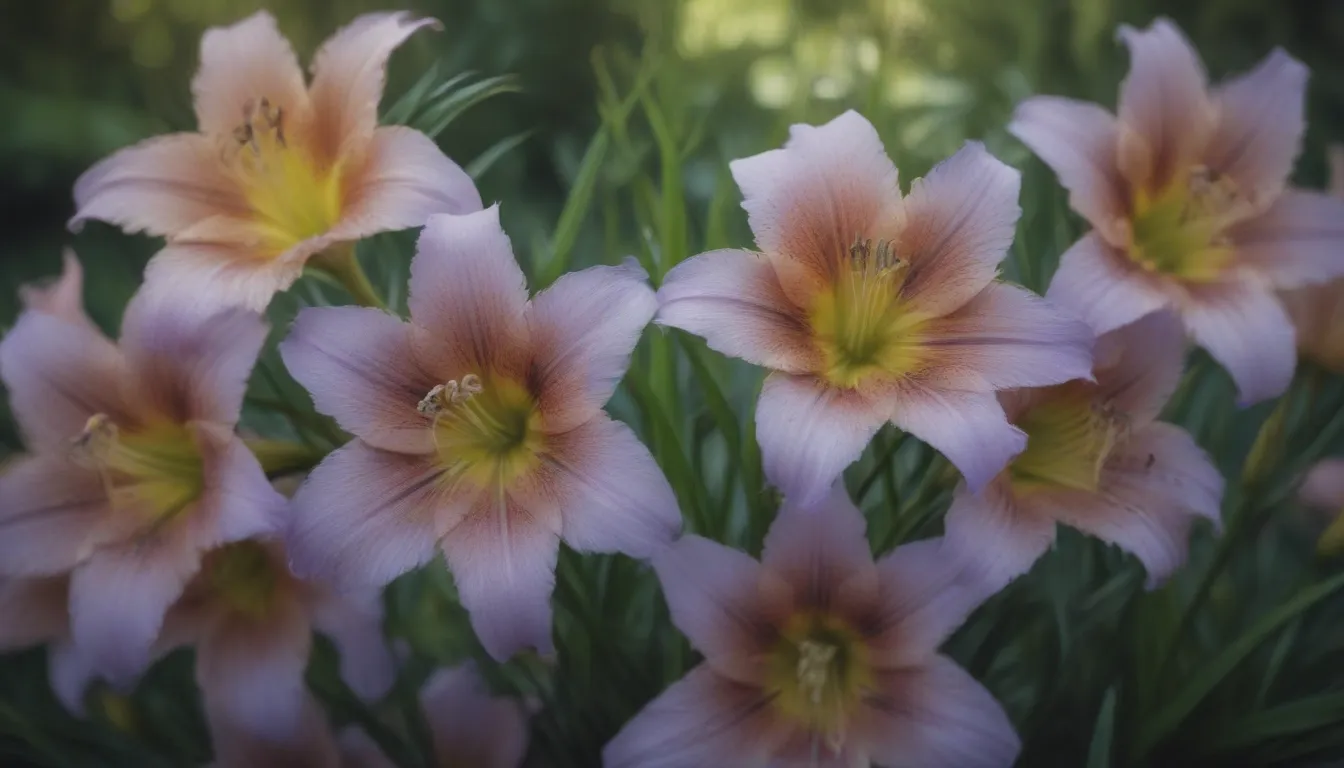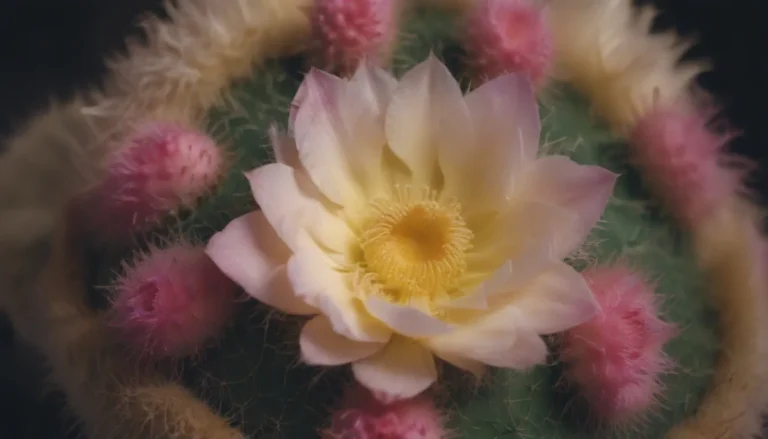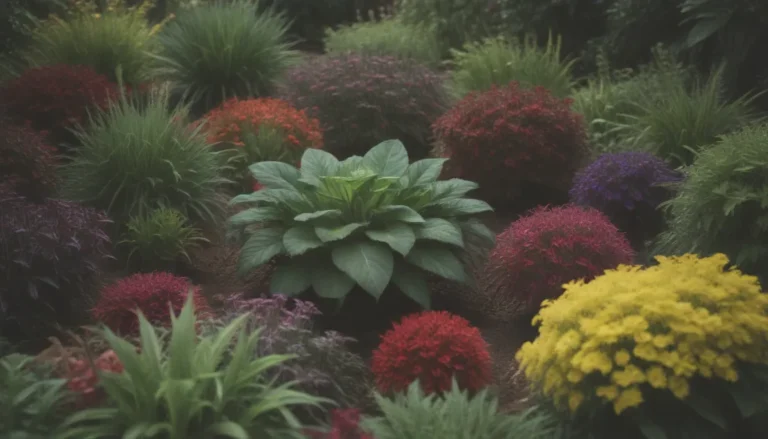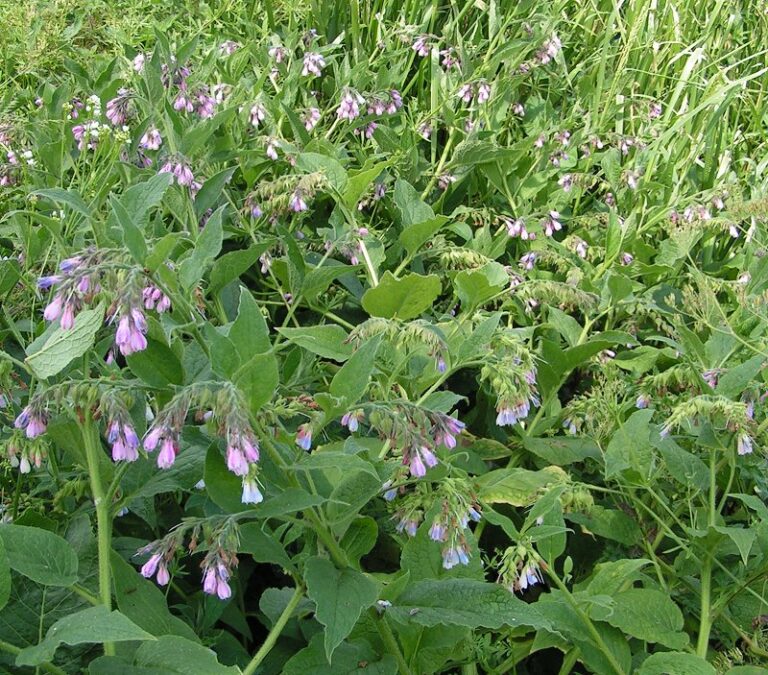A Comprehensive Guide on Growing and Caring for Flax Lily

Are you looking to add a touch of greenery to your garden or home with the beautiful flax lily plant? Whether you’re a seasoned gardener or a newbie plant parent, learning how to grow and care for flax lily can be a rewarding experience. In this detailed guide, we’ll walk you through everything you need to know about this grass-like perennial, from its origins to its maintenance requirements.
Flax Lily: An Overview
Flax lily, although it may sound like a true lily, is actually a herbaceous perennial native to Tasmania and southeastern Australia. Known for its fast growth, this plant is often used as a groundcover or border plant, primarily for its attractive foliage rather than its small, light-blue flowers. If you’re lucky, your flax lily may produce bright blue berries after flowering, but remember, they are not for consumption.
If you want to grow flax lily in your garden, consider whether your climate is suitable for this plant. Flax lily thrives in hot environments, making it ideal for outdoor growth in regions with warm, humid summers. However, you can also cultivate it as a houseplant or in a container for indoor enjoyment.
Flax Lily Care Tips
To ensure your flax lily thrives and remains healthy, it’s essential to provide the right care and conditions. Here are some important care tips to keep in mind:
- Light: Choose a location with full shade in hot, dry climates, or partial shade in warmer regions.
- Soil: Flax lily prefers well-draining soil, but it can adapt to various soil types, including sandy or loamy soil.
- Water: Water newly planted flax lilies moderately until established, then reduce watering as they become more drought-tolerant.
- Temperature and Humidity: Flax lily thrives in hot, humid weather, but it can also withstand winter temperatures down to 20 degrees F.
- Fertilizer: Feed your flax lily with a fertilizer for acid-loving plants in the spring before new growth appears.
Types of Flax Lily
Variety is the spice of life, and the world of flax lilies offers a range of cultivars with variegated foliage to choose from. Some popular varieties include:
- ‘Variegata’
- ‘Silver Streak’
- ‘Yellow Stripe’
Pruning and Propagating Flax Lily
To keep your flax lily looking its best, consider these maintenance tasks:
- Pruning: While flax lily doesn’t require frequent pruning, you can trim it back to the crown every five years to promote blooming and healthy foliage.
- Propagation: Flax lily spreads through rhizomes and can be easily propagated by dividing the plant.
Potting and Overwintering
If you prefer to keep your flax lily in a container, here are some tips for potting and overwintering:
- Potting: Choose a pot with good drainage and quality soil for optimal growth.
- Overwintering: In USDA Zones 9-11, flax lilies don’t need winter protection outdoors, but container-grown plants can be brought indoors during cold spells.
Common Pests and Diseases
Like any plant, flax lily is susceptible to certain pests and diseases. To prevent issues, practice good gardening habits such as spacing plants adequately and watering in the morning. Keep an eye out for diseases like leaf spot and powdery mildew, and address them promptly.
How to Encourage Blooming
Although flax lily is primarily grown for its foliage, it does produce blooms in the summer months. To encourage more flowers, provide optimal growing conditions with higher temperatures and humidity. After blooming, trim back the plant for a tidy appearance.
Common Problems and Solutions
Keep an eye out for common issues that may arise with your flax lily:
- Rusty-Colored Leaves: This could be a sign of a fungal infection, which can be treated with a copper-based fungicidal spray.
- Drooping Foliage: If the foliage is drooping or browning, check the soil moisture levels and ensure it is well-draining to prevent waterlogged roots.
Fun Facts about Flax Lily
Did you know that flax lily is botanically unrelated to the flax plant that produces linen fiber and seeds? Flax lily is purely decorative and adds a touch of elegance to any indoor or outdoor space.
Conclusion
In conclusion, growing and caring for flax lily can be a rewarding experience for any plant enthusiast. By following the tips and guidelines provided in this comprehensive guide, you can ensure that your flax lily thrives and remains healthy year-round. Whether you choose to grow it outdoors, as a houseplant, or in a container, flax lily is sure to bring beauty and vibrancy to your surroundings. Happy gardening!





